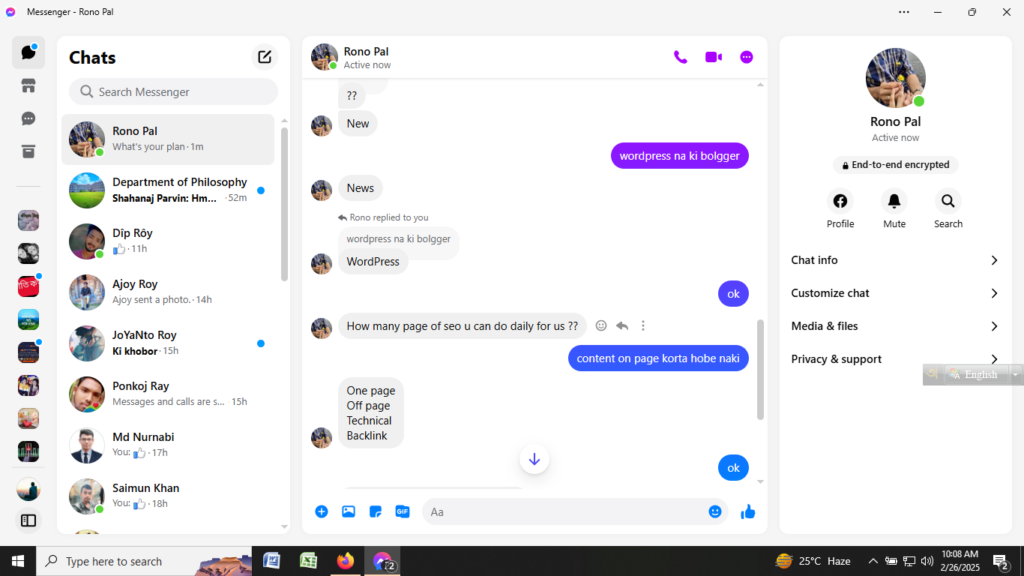Google Ads, formerly known as Google AdWords, is Google’s online advertising platform that enables businesses to create ads and reach potential customers through the vast Google network, including search results, websites, and mobile apps. Since its inception in 2000, Google Ads has evolved into a cornerstone of digital marketing, offering businesses of all sizes the opportunity to promote their products and services effectively.
How Google Ads Works

Google Ads operates on a pay-per-click (PPC) model, where advertisers bid on specific keywords relevant to their business. When users search for these keywords, ads may appear at the top or bottom of the search results page. Advertisers are charged only when a user clicks on their ad, making it a cost-effective method to drive targeted traffic. The platform also offers display ads, which are visual banners shown across Google’s Display Network, encompassing millions of websites and apps.
Key Components of Google Ads
- Keywords: The foundation of any Google Ads campaign. Selecting appropriate keywords ensures ads are shown to users actively searching for related products or services.YouTube
- Ad Rank: Determines the position of an ad on the search results page. It’s calculated based on the bid amount, ad quality, and the expected impact of ad extensions and other ad formats.
- Quality Score: A metric that assesses the relevance and quality of keywords and ads. A higher Quality Score can lead to better ad positions and lower costs.HubSpot Blog+1YouTube+1
- Ad Extensions: Additional information like phone numbers, site links, or promotions that can be added to ads, enhancing their visibility and effectiveness.
Types of Google Ads Campaigns
Google Ads offers various campaign types to cater to different marketing goals:Google Help+4Google Business+4HubSpot Blog+4
- Search Campaigns: Text ads that appear on Google search results when users look for specific keywords.
- Display Campaigns: Visual ads displayed across Google’s Display Network, reaching users while they browse other websites, watch videos, or use apps.HubSpot Blog+3Google Help+3Google Business+3
- Shopping Campaigns: Product listings that showcase products directly in search results, complete with images and prices, ideal for e-commerce businesses.
- Video Campaigns: Video ads displayed on YouTube and other Google partner sites, helping to boost brand awareness and engagement.
- App Campaigns: Promote mobile apps across Google’s properties, including Search, Play Store, YouTube, and the Display Network.
Cost of Google Ads
The cost of Google Ads varies based on industry competitiveness, chosen keywords, and targeting parameters. On average, the cost-per-click (CPC) on the Search Network ranges between $1 and $2, while the Display Network often has lower CPCs, averaging under $1. Highly competitive industries, such as legal services, can experience significantly higher CPCs. For instance, keywords like “motorcycle injury lawyer” can cost up to $210 per click. WordStream+1Fraudblocker+1Fraudblocker+1WordStream+1
Creating Effective Google Ads
To maximize the effectiveness of Google Ads campaigns:
- Conduct Thorough Keyword Research: Identify keywords that potential customers are using. Tools like Google’s Keyword Planner can assist in discovering relevant keywords and estimating their performance.
- Write Compelling Ad Copy: Craft clear, concise, and persuasive ads that highlight unique selling propositions and include strong calls-to-action.
- Optimize Landing Pages: Ensure that the landing pages users are directed to are relevant, user-friendly, and optimized for conversions.
- Utilize Ad Extensions: Incorporate ad extensions to provide additional information and increase ad visibility.Google Ads Transparency+2YouTube+2HubSpot Blog+2
- Monitor and Adjust Campaigns: Regularly review campaign performance, making necessary adjustments to bids, keywords, and ad copy to improve results.
Benefits of Using Google Ads
Google Ads offers several advantages:HubSpot Blog+1Google Business+1
- Targeted Advertising: Reach users based on specific keywords, locations, demographics, and even the time of day.
- Measurable Results: Access detailed analytics to track the performance of ads, allowing for data-driven decisions.
- Flexibility: Adjust campaigns in real-time, enabling swift responses to market changes or performance insights.
- Scalability: Suitable for businesses of all sizes, from small local shops to large multinational corporations.
Recent Developments and Trends
As of 2025, Google Ads continues to evolve with advancements in artificial intelligence and machine learning. These technologies enhance ad targeting, automate bidding strategies, and provide more personalized advertising experiences. Additionally, there’s a growing emphasis on privacy, leading to changes in data tracking and user consent protocols. Advertisers are adapting by focusing on first-party data and contextual targeting to maintain effective campaigns.
Conclusion
Google Ads remains a powerful tool for businesses aiming to increase their online presence and drive targeted traffic. By understanding its components, costs, and best practices, advertisers can harness its full potential to achieve their marketing objectives.